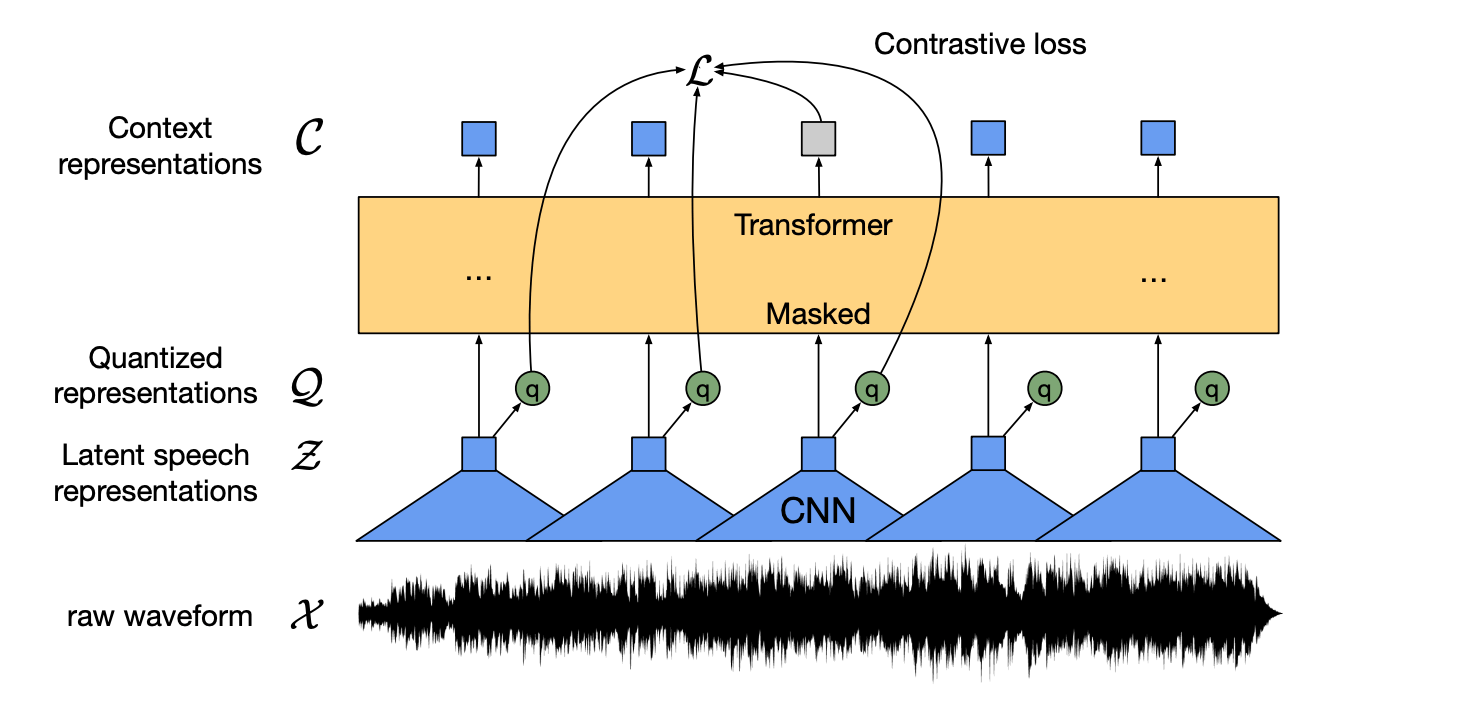

Brain Language Model
1
Massive data collection + Data pipeline
2
Build Baseline models for EEG
3
Build foundation model for EEG
- downstream tasks
- scaling laws
4
Foundational models for other Modalities (EEG, iEEG, MEG)
- Less noisy, more diverse
6
Foundational models for all modalities (MRI, PET, EEG, iEEG, MEG)


5
Foundational Models for (MRI, PET)


From Last week
- Build more suitable architectures for EEG
- Build more suitable objectives functions
- Build better fine-tuning strategy

FM
1
Massive data collection + Data pipeline
2
Build Baseline models for EEG
3
Build foundation model for EEG
- downstream tasks
- scaling laws
4
Foundational models for other Modalities (EEG, iEEG, MEG)
- Less noisy, more diverse
6
Foundational models for all modalities (MRI, PET, EEG, iEEG, MEG)


5
Foundational Models for (MRI, PET)


- LaBraM
- NEURO-GPT
- Others
Literature
drawbacks
- Fails to manage channel variability
- Less downstream tasks
- Not big performance improvements
- Only focus on one modality
Issues with EEG Data
- Extremely Noisy
- Variable number of channels
- Continues signal (i.e. not discrete - harder for modeling)
What we have achieved so far?
-
Collected Massive EEG data:
-
Openneuro Corpus
-
Temple University Hospital (TUH) EEG corpus
-
Cuban Human Brain Mapping Corpus and Others ...
-
-
Over terabytes of data and thousands of hours of recordings
-
Extreme diversity in subjects and sessions
-
Implemented easy-to-plugin code
-
Implemented a very efficient data pipeline
-
Implemented baseline models wav2vec2 architecture for pretraining
-
Tested various fine-tuning strategies (with MOABB benchmark)
Approaches used so far?


Next steps
- Build more suitable architectures for EEG
- Build more suitable objectives functions
- Build better fine-tuning strategy

Thank You!
